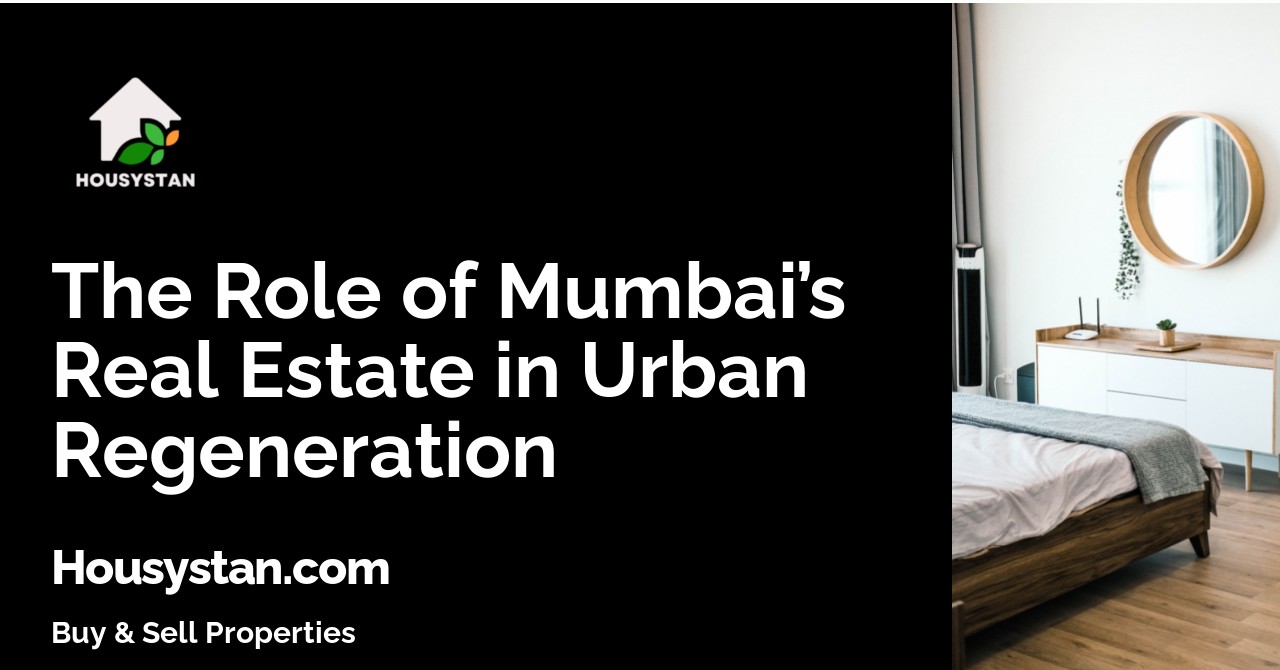The Role of Mumbai’s Real Estate in Urban Regeneration
Read latest blogs and articles from Housystan

The Information mentioned here was last updated on:
31/12/2025The Role of Mumbai’s Real Estate in Urban Regeneration
Mumbai, often referred to as the financial capital of India, stands as a vibrant metropolis where the real estate sector plays a crucial role in urban regeneration. Over the past decade, the city has experienced rapid transformation, driven largely by property development and infrastructure upgrades. These changes are not only reshaping the skyline but also contributing significantly to community revitalization, economic growth, and improved quality of life for residents.
One of the most evident impacts of Mumbai’s real estate sector lies in its ability to breathe new life into aging neighborhoods. Through redevelopment initiatives, dilapidated buildings are replaced with modern, well-planned structures that offer better amenities and enhanced safety. Projects such as the redevelopment of old chawls and mill lands have unlocked immense potential, creating mixed-use spaces that blend residential, commercial, and recreational facilities. This approach not only attracts new investments but also fosters a sense of pride among local communities.
- Verified Tenants/Buyers
- Unlimited Property Listing
- Zero subscription/charges fee
Infrastructure development is another cornerstone of Mumbai’s urban renewal. The expansion of metro lines, construction of flyovers, and improved road networks are all closely tied to real estate growth. These advancements have made various parts of the city more accessible, increasing the attractiveness of previously overlooked areas. As connectivity improves, property values rise, and local businesses flourish, creating a positive cycle of development and regeneration.
Furthermore, Mumbai’s real estate market is increasingly focusing on sustainable and eco-friendly practices. Developers are incorporating green building technologies, energy-efficient designs, and open green spaces. These initiatives not only reduce environmental impact but also enhance the overall living experience for citizens. The emphasis on sustainability aligns with global trends and positions Mumbai as a progressive urban center.
In conclusion, the real estate sector is a driving force behind Mumbai’s urban transformation. By fostering redevelopment, supporting infrastructure projects, and promoting sustainability, the industry is shaping a dynamic future for the city. As Mumbai continues to grow, its property market will remain integral to its journey toward becoming a more modern, inclusive, and liveable metropolis.